This week’s episode of The Orville (Identity, Part II ) featured a massive eight-minute battle – one of the longest continuous space battles in TV episodic history. In Episode 9 of season 2, the captured Orville leads a Kaylon armada to destroy all humans. The vast battle takes place when the Kaylon and the Orville arrive at Earth and meet the Planetary Union’s defences.
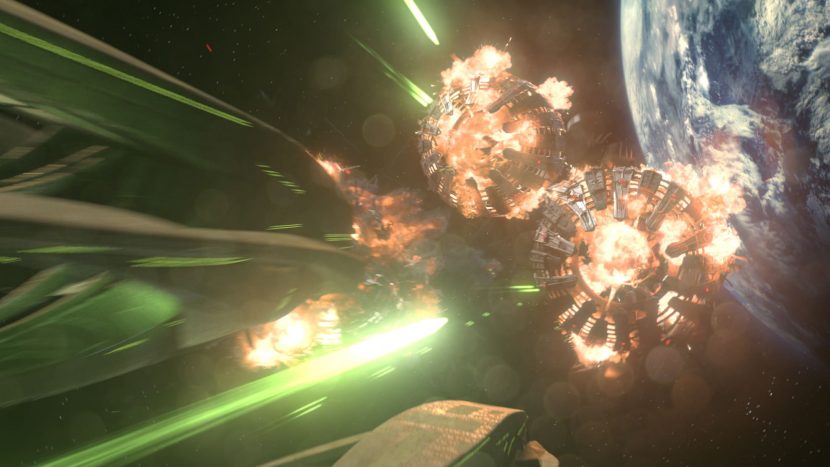
The Orville is a popular science fiction comedy-drama on Fox created by Seth MacFarlane. Set 400 years in the future, the series follows The U.S.S. Orville, an exploratory spaceship. Its crew, both human and alien, face the dangers and challenges of space, while also dealing with the problems of everyday life. The show is part Galaxy Quest, part Star Trek: The Next Generation, with a genuine love of the genre. See our original fxguide story on the show here.
This episode was directed by Jon Cassar and written by Seth MacFarlane. The lead visual effects house for the sequence was FuseFX. Fuse were founded in 2006, and employs 300+ personnel across three studio locations: Los Angeles, New York City, and Vancouver, BC. “FuseFX’s ability to adapt creatively and deliver such amazing quality under extreme deadlines is refreshing,” commented Luke McDonald, the Orville production, VFX Supervisor.
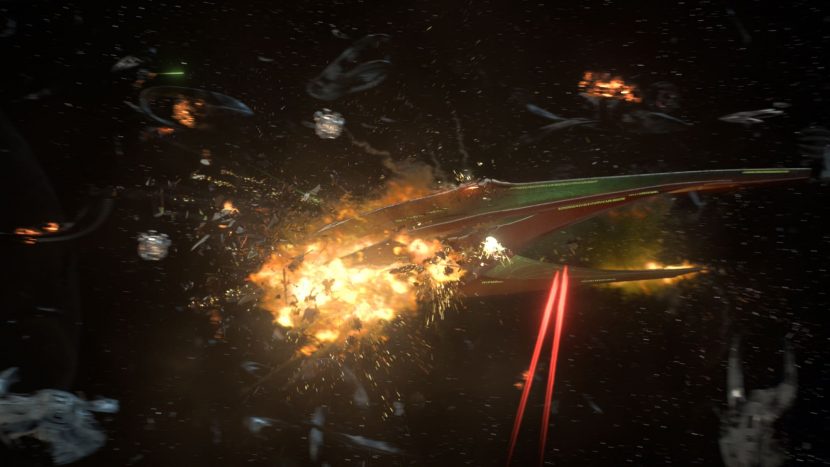
The complex visual effects sequence was constructed in just eight weeks. The historic battle represented the work of two visual effects houses, with FuseFX taking the lead in this collaboration with Pixomondo. FuseFX worked on 117 shots for a total of 7:44 minutes of screen time in the sequence. “Episode 9 has what I believe is the largest and most complex space battle visuals ever depicted on television”, commented Melissa DeLong, VFX Producer..
Technology played a strong role behind the scenes. The FuseFX team wrote optimization tools that allowed them to bring in the Pixomondo Maya files into 3ds Max to match FuseFX’s workflow. The team used render-ready asset, allowing them to automate firing of 3D lasers, prebuilt debris, and explosions. In the image below a series of triggered laser blasts lead to several explosive simulations breaking up the already damaged Kaylon fleet.
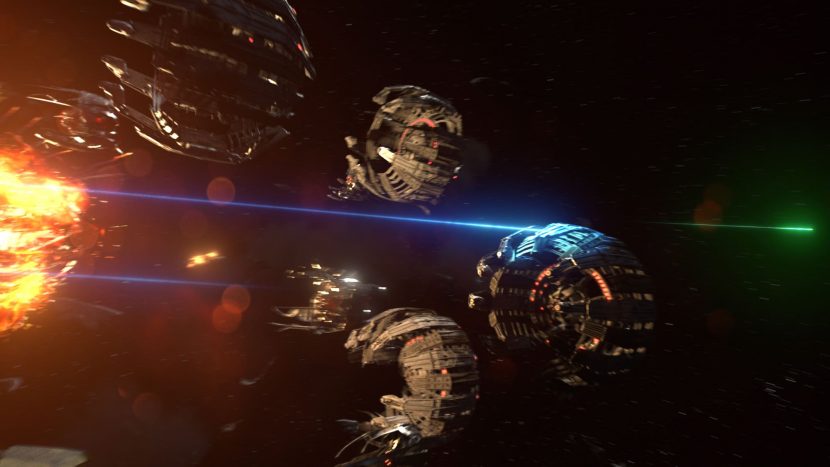
The FuseFX team used Nuke for compositing, 3ds Max as the primary 3D tool, plus Houdini and PhoenixFD, the 3ds Max plugin for fluid dynamics to simulate debris, fire and smoke, as well as interactive lighting from the fire on other ships nearby.
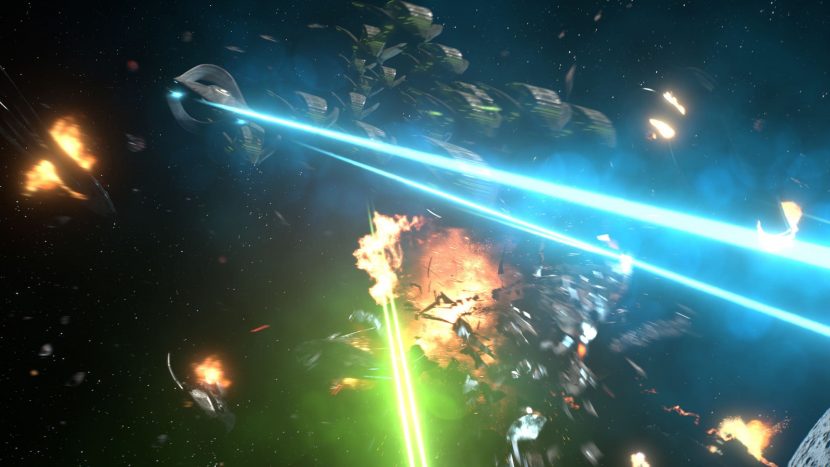
The shot above shows many of the custom tools that FuseFX developed to build a massive battle fight. These custom tools allowed the numerous ships, lasers, debris and explosions to be assembled for such shots, a large number of instances, in just a matter of days.
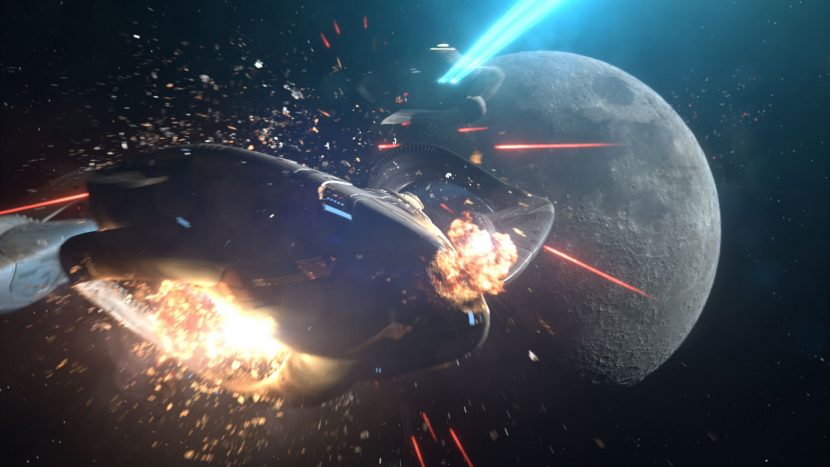
“FuseFX’s artistry combines strong talent with the ability to produce stunning results.”, commented visual effects co-supervisor Brandon Fayette.
To add realism to this action, FuseFX developed custom laser effects and pyro simulations for damage to the ships, as seen in the still below.
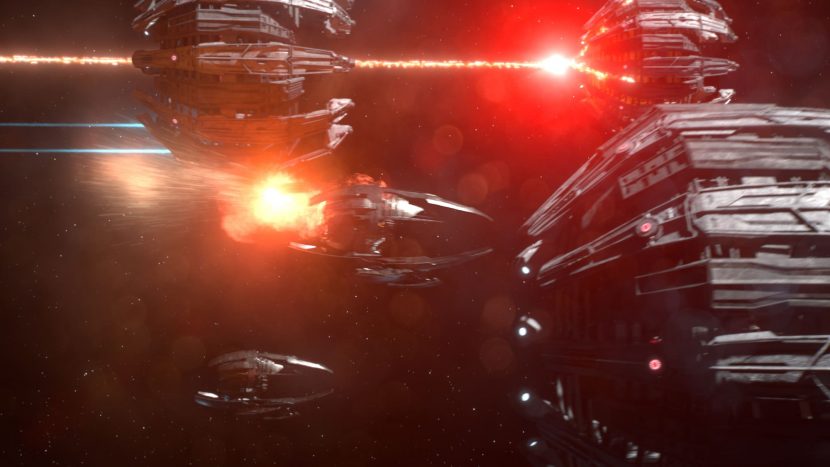
The sequence was helped somewhat by the main Kaylon armada ships and Union ships were based on the same base designs. Unlike in some other universes, the fleets had similar if not identical ships, even the Krill ships that break the back of the Kaylon attack were of the same design.
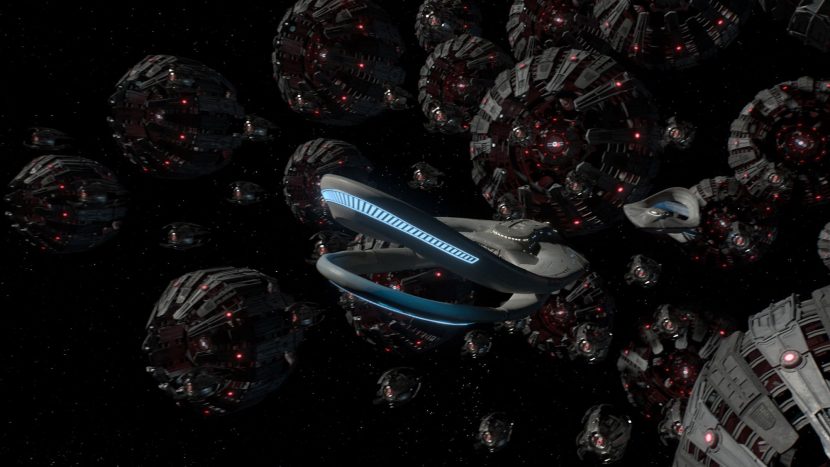
FuseFX did impressive original model work for the episode such as the Orville in dock, near the end of the episode. A custom model space station orbiting Earth was built by the FuseFX team. Artists also created custom models of small robot ships, with animators adding life by showing the damaged ships under repair.
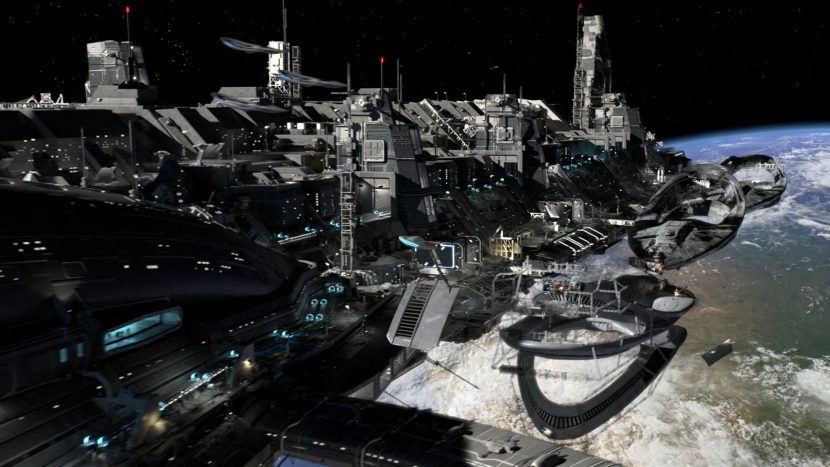
The relationship between FuseFX and The Orville began with just a handful of shots for the show’s pilot. As demands and expectations grew for the production, FuseFX was able to rise as one of main vendors, winning the trust and support of The Orville team. As the relationship has evolved, FuseFX Visual Effects Supervisor Tommy Tran and his team have had more creative input, and have been allowed a degree of creative freedom that only time, trust and a consistently high-quality final product could afford them.
“It’s an incredibly fun new challenge every week, but this was a truly epic battle—one that rivals anything you may see in any epic space saga. When you’re talking of creating a space odyssey, you know what you’re up against and what it’s going to be compared to, so we knew we needed to raise the bar. After hours of hard work, lots of coffee and an amazing team rallying, we put together what I would argue is the most ambitious and visually stunning space battle ever made for commercial television. The Orville’s FuseFX team is all proud to be a part of it,” commented Tommy Tran, VFX Supervisor at FuseFX.
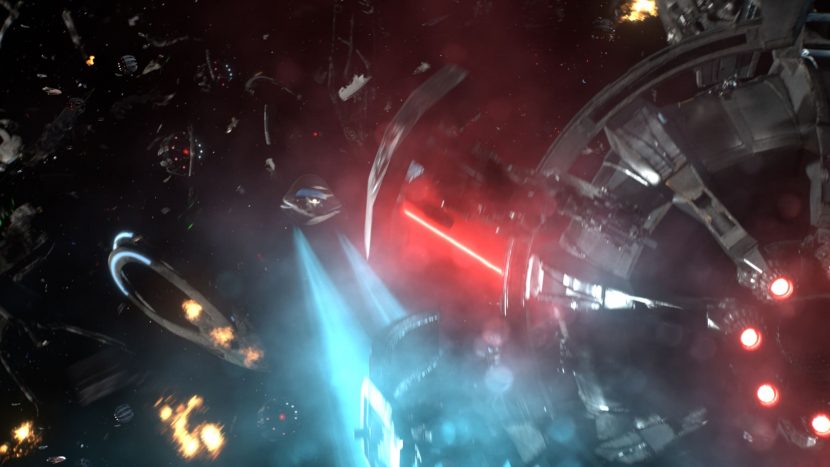
“Seth MacFarlane invented a whole new sci-fi universe and is pushing the boundaries of how visual effects contributes to storytelling. The FuseFX team handled every technical challenge that we faced head on, and we even developed a series of in-house tools to automate many processes that would otherwise have created roadblocks to delivering work on time. This allowed us to deliver just over 200 shots of a masterful battle scene in eight weeks on time and on budget. That was no small feat and the entire team was excited to contribute to this spectacular sequence,” explained Matt Von Brock, FuseFX Digital FX Supervisor (FuseFX).
“The Orville is an exploration-based series that continuously pushes the boundaries of its expeditions throughout space and within its ships crew — our visual effects teams are no stranger to these undertakings,” said Brooke Noska, The Orville’s VFX Producer “Working alongside FuseFX to deliver groundbreaking photorealistic work within the constraints of a network television show is nothing short of incredible. Utilizing the facility’s robust pipeline, paired with its unmatched talent base, is one of the primary reasons we are able to deliver feature-quality VFX in mere weeks. FuseFX has a larger-than-life presence on our show, but never ceases to provide a personalised boutique experience throughout from concept to final delivery.””
Note: CoSA VFX and Crafty Apes also contributed to the episode.
fxguide previously published a story on Jim Rygiel joining the FuseFX team, see our story here.
